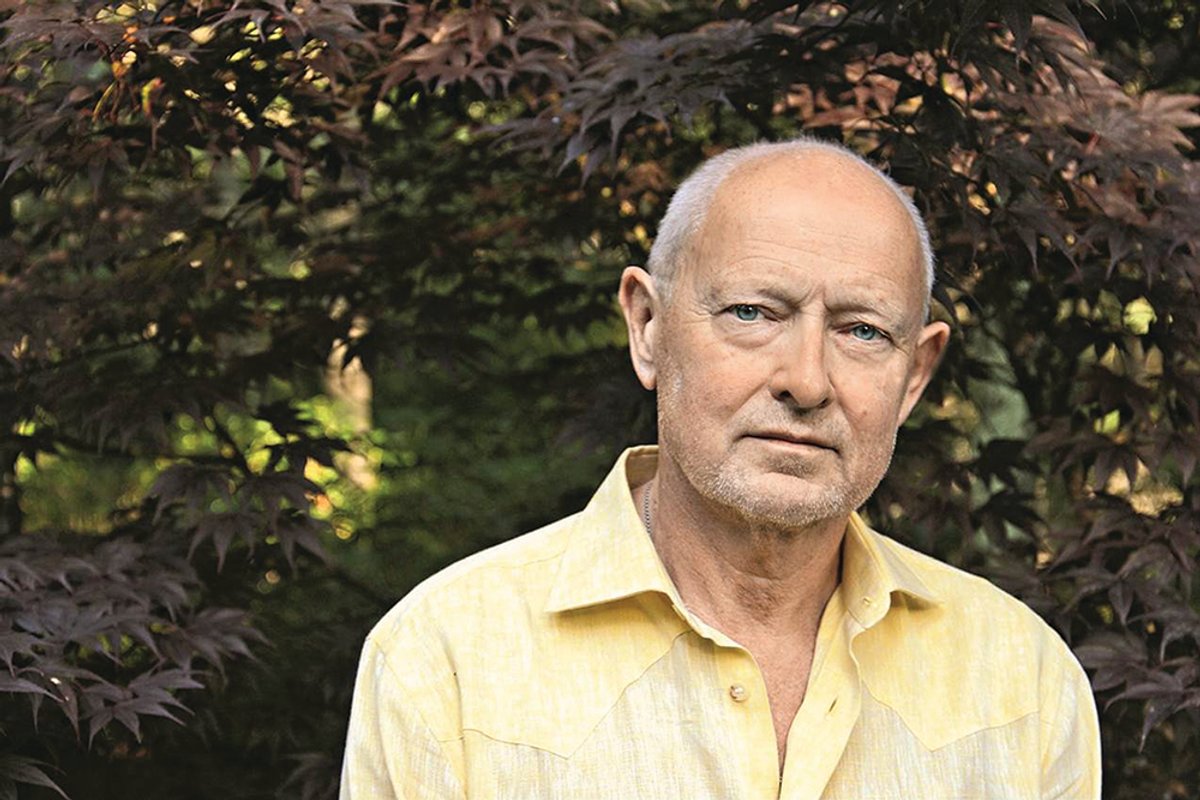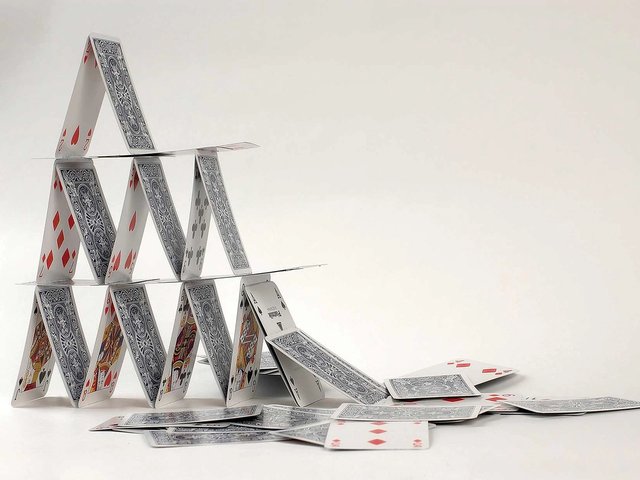Michael Findlay is not nostalgic for the art market’s so-called good old days. Or so he says when we meet in his office at Acquavella Gallery’s uptown New York space, a day before both of us fly to Art Basel. But he does have a lot of questions about the future.
“The only really new phenomenon that I’ve seen in my lifetime is the art fair. Now they’re sucking the oxygen, to some degree, out of the day-to-day gallery business. Maybe that is the future,” he says. “It’s the big tent, I suppose. Literally, in some cases.”
Newly appointed as the president of the Art Dealers Association of America’s foundation, Findlay took the helm at Acquavella 19 years ago after he left Christie’s. (“This job has technically been my retirement.”) He has been a fixture on New York’s art scene since the 1960s when he arrived from the UK and started working for the Old Master dealer Richard Feigen.
“I was 18, I came to New York for two weeks and I had a small amount of money, which ran out very quickly. I wanted to stay,” he says. “I walked into this gallery and asked for a job; it was as simple as that.”
Feigen was keen to introduce to the US a new generation of British artists, among them Allen Jones, Gerald Laing and Bridget Riley. In that respect, Findlay surmises, he fitted the bill as a useful assistant since he was “a long-haired, English boy/man with a then more pronounced accent”. Whether it was his accent or his acumen, he developed friendships with many of these artists and Feigen himself. “It was a smaller world then,” he says. “More collegiate.”
It was not long before he was running a new, more contemporary outpost, called Feigen Downtown—and by 1970 he had his own gallery, J.H. Duffy and Sons. “Our audience was a very small number of pioneer collectors, other artists, people that lived in the neighbourhood.” The bar scene was very much part of the gallery’s development, too, he says, “primarily Max’s Kansas City on 17th Street”.
This kind of informality and localism was important, Findlay says, because it allowed for economic adventure and risk. “Affordable real estate is one of the biggest issues the art world—especially somewhere like New York—is facing. If we don’t have room for energetic, ambitious, probably impoverished young artists, then this will begin to fail as a nest for that,” he says. Could this shift destabilise the city as an art market hub? He shrugs: “It’ll always be a big marketplace. But it won’t be a place where things begin. There won’t be the same vibrancy. Dealers need innovative artists.”
The secondary market has lost its edginess as well, he thinks—Findlay joined Christie’s in New York in 1984 as the head of Impressionist and Modern art, when auctions were guarantee-free and much more “rock and roll” he says.
Today, he observes, “sometimes the sale itself doesn’t seem very exciting, yet somehow everything sells for a high price—because they’ve done a lot of work beforehand, let’s put it that way,” he chuckles. That encourages collecting by shopping list rather than by taste, he thinks: “I’m not saying it’s wrong, I’m just saying that it’s quite different. They can attract people to give them work and sell it for these sums because they are reducing the risk behind buying and selling.”
Findlay finds the equation of quality with expensiveness problematic, perpetuated by sale reports that rely on “juicy headlines” and soundbites. (“No disrespect to you; I know you’re a member of the fourth estate.”) “I believe good art, eventually, deserves to be expensive. I don’t think there’s anything wrong with that. But I don’t think that you make art good by making it expensive.”



